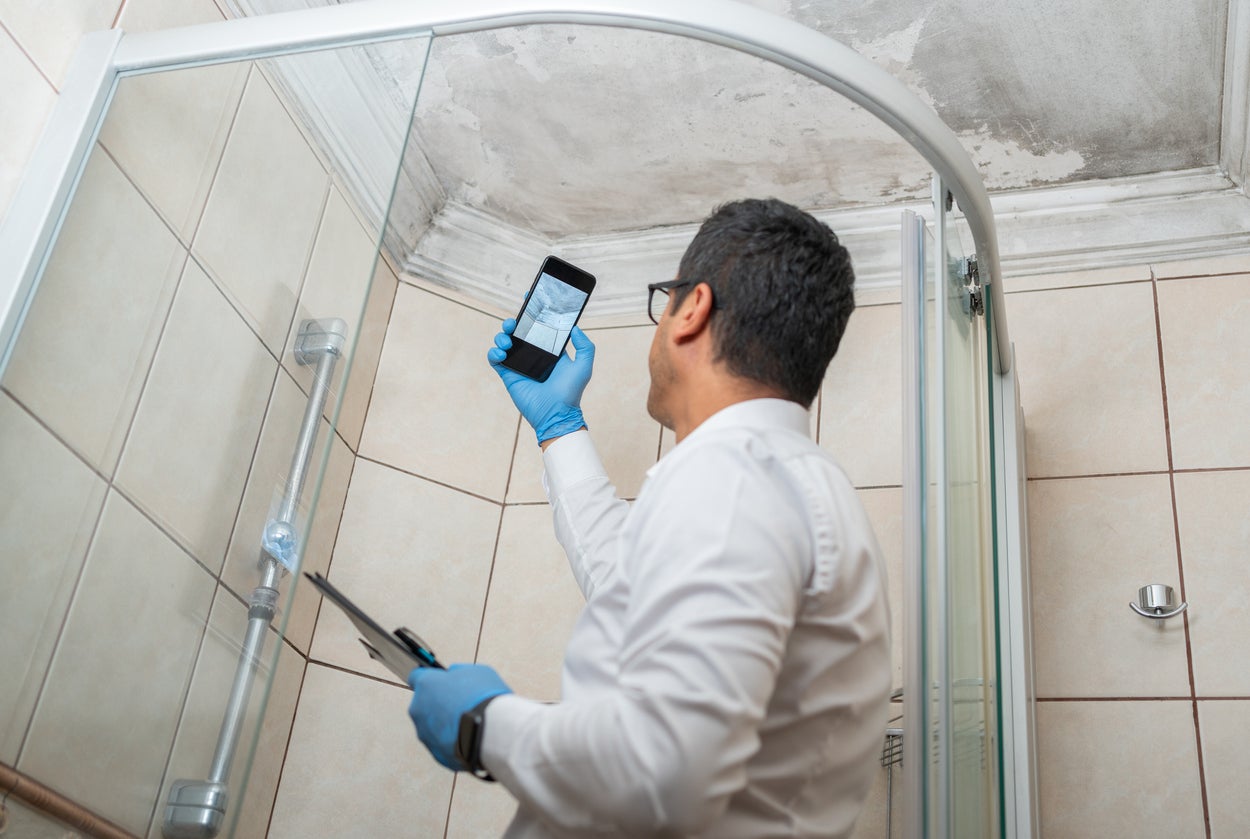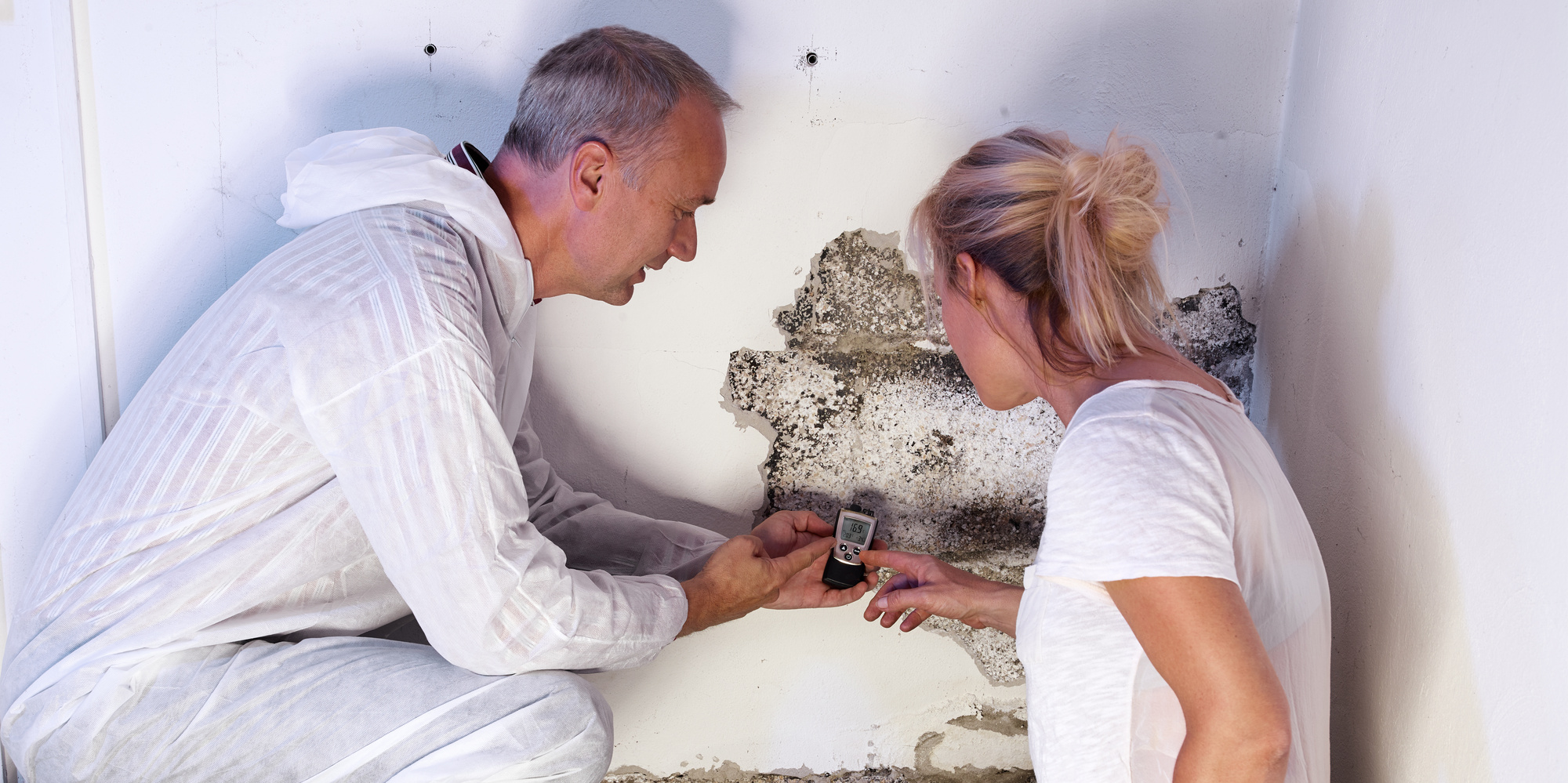Vital Actions After Mold Remediation
Wiki Article
Key Steps for Successful Post Mold Removal
Efficiently completing mold remediation is a multifaceted procedure that needs focus to detail and adherence to specific methods. These steps not only confirm the success of the remediation efforts yet additionally contribute to protecting against future mold development.Evaluation of Treated Areas
Upon completion of the mold and mildew remediation process, a detailed inspection of the dealt with locations is crucial to make sure the effectiveness of the remediation initiatives. This examination serves as an important step in the post-remediation phase to confirm that the mold elimination and cleaning procedures were effective in removing the mold invasion and recovering a secure interior setting. The assessment should be conducted by qualified experts who have the expertise to examine the remediated areas carefully.Throughout the assessment, various aspects are reviewed to establish the success of the removal procedure. These include visual analyses to inspect for any type of signs of mold and mildew development or water damage, wetness degrees to validate that the location is totally free and dry of excess humidity that might promote mold re-growth, and air quality testing to make certain that the indoor air is safe to breathe. In addition, the examination might entail utilizing specialized devices such as moisture meters and thermal imaging cameras to identify concealed mold or wetness pockets that could lead to future mold and mildew problems if left uncontrolled. Generally, a detailed evaluation of the dealt with areas is crucial to confirm the performance of the mold remediation initiatives and give peace of mind to the owners of the residential property.

Wetness Control Actions
Efficient dampness control steps are essential for avoiding mold development and maintaining a healthy indoor environment. To accomplish this, it is crucial to deal with sources of dampness within the building. Appropriate air flow is essential to regulating humidity levels. Mounting exhaust followers in kitchens and bathrooms can aid get rid of excess dampness. In addition, utilizing dehumidifiers in damp locations can help minimize moisture levels, making it harder for mold and mildew to prosper.Routinely evaluating and preserving the building's outside can likewise protect against moisture breach. what to do after mold remediation. Making certain that gutters are clear, downspouts straight water away from the foundation, and the roofing system is in great condition can assist prevent water from leaking into the structure. Appropriately sealing doors and windows can also assist maintain wetness out
In instances where water damage takes place, prompt action is essential. Any type of leakages or spills must be cleaned and dried within 24-48 hours to stop mold development. Utilizing dampness meters can help identify covert resources of water and ensure detailed drying. By carrying out these dampness control steps, the threat of mold and mildew persisting can be dramatically decreased, developing a healthier interior setting.
Correct Ventilation Evaluation
An essential facet of ensuring a healthy and balanced indoor atmosphere post mold and mildew remediation is conducting a detailed assessment of the air flow system. Appropriate ventilation assessment plays a critical role in protecting against future mold and mildew development and preserving air quality Home Page within the damaged area.Furthermore, analyzing the ventilation system consists of analyzing the circulation of air throughout the location to determine any kind of areas of bad flow where wetness and pollutants could accumulate. Correct air flow not just assists in regulating humidity levels however likewise aids in getting rid of airborne mold and mildew spores and other pollutants, thus boosting general interior air quality. By resolving any type of ventilation issues post mold and mildew removal, building proprietors can produce a much healthier and a lot more comfortable setting for occupants while decreasing the risk of mold and mildew re-infestation.
Cleansing and Disinfection Protocols
To ensure detailed mold removal, meticulous adherence to details cleaning and disinfection methods is necessary. Cleansing and sanitation methods play a crucial function in the post-mold remediation stage to prevent the reoccurrence of mold and mildew growth and guarantee a healthy and balanced and safe environment.After the initial cleansing, complete disinfection of the impacted locations is required to kill any kind of continuing to be mold and mildew spores and hinder their spreading. This step is vital in protecting against the spread of mold and mildew to other parts of the residential property. Additionally, implementing safety nets such as applying mold and mildew inhibitors and maintaining proper ventilation can assist decrease the threat of future mold and mildew invasions. By complying with rigorous cleansing and disinfection procedures, homeowner can guarantee the successful obliteration of mold and develop a healthy and balanced indoor atmosphere for occupants.
Surveillance and Upkeep Strategy
Implementing a regular surveillance and upkeep plan is crucial for making sure the lasting effectiveness of mold and mildew remediation efforts. When mold and mildew remediation is completed, it is important to establish a tracking timetable to assess the success of the removal process.In addition, establishing a maintenance plan is vital to avoid future mold concerns. This strategy might include activities such as repairing pipes leaks, improving air flow, and controlling indoor humidity degrees. Normal maintenance not only useful site helps in stopping mold but additionally adds to preserving a healthy and balanced indoor atmosphere. It is suggested to record all monitoring and maintenance tasks to track development and guarantee consistency in the maintenance of the remediated areas. By executing an extensive tracking and maintenance plan, the risk of mold re-emergence can be substantially reduced, promoting a safe and tidy living or workplace.
Conclusion
In verdict, effective blog post mold and mildew removal involves comprehensive examination of treated areas, application of wetness control measures, evaluation of appropriate ventilation, adherence to cleaning and disinfection protocols, and establishment of a surveillance and maintenance plan. These vital actions are important to make sure that mold and mildew development is properly gotten rid of and protected against from persisting in the future. By adhering to these standards, residential property proprietors can preserve a healthy and risk-free setting for residents.Upon completion of the mold and mildew remediation process, a thorough examination of the dealt with areas is essential to make sure the effectiveness of the remediation efforts. These include aesthetic assessments to inspect for any type of signs of mold growth or click to read more water damages, moisture levels to verify that the location is cost-free and completely dry of excess humidity that could advertise mold re-growth, and air top quality screening to ensure that the interior air is secure to take a breath. Additionally, the examination might entail utilizing specialized devices such as moisture meters and thermal imaging cams to spot concealed mold and mildew or moisture pockets that can lead to future mold and mildew troubles if left untreated. By attending to any type of air flow problems publish mold and mildew removal, property owners can create a healthier and more comfortable environment for occupants while lowering the threat of mold re-infestation.

Report this wiki page